Art de la Guerre Team Tournament 2025
The Art de la Guerre Team Tournament was held on the Marksburg in Braubach last weekend. Having been there before, for example to watch the Field of Glory events, I took the opportunity to visit again.
Organised by Johannes Müther, the event covered teams of three split into the Ancients era (armies up to 551 BC), the Classical Antiquity era (armies from 550 BC to 476 AD) and the Middle Ages era (armies from 1050 AD). This tournament used the 4th Edition of L'Art de la Guerre rules, with 15–18 mm scale miniatures and forces of 200 points.
For those unfamiliar with L'Art de la Guerre, it is a tabletop wargame that simulates battles from around 3000 BC to 1500 AD without a specific scale, with most ranging from 6 to 28 mm. The rules cover a wide range of troop types, battlefield tactics and specific mechanics for movement, command and combat, drawing inspiration from games such as DBA and Fields of Glory. The system is designed to be fast and accessible, with standard games finishing within two hours, making tournament play practical. Terrain placement, ambushes, flank marches and allied corps add depth and variety to each game. The rulebook features over 300 army lists and accommodates different historical periods and play formats, making it popular among enthusiasts seeking flexibility and realism without the need for supplementary books.
The Marksburg in Braubach, Germany, is a medieval hilltop castle. Built in the early 12th century, it was intended to protect the town and guard the trade routes along the Rhine River. First documented in 1231, it was significantly expanded by the Counts of Katzenelnbogen after they acquired it in 1283, who added the striking Gothic elements that define its appearance today. Unlike many Rhine castles, the Marksburg was never destroyed in warfare and survived the Thirty Years' War and subsequent conflicts virtually intact.
In the 19th century, after passing to the Duchy of Nassau and then to Prussia, the castle was used as a prison and a residence for disabled soldiers. In 1900, the Deutsche Burgenvereinigung (German Castles Association) purchased the castle, restored it and has used it as its headquarters ever since.
Today, the Marksburg Castle is open to the public and serves as a notable example of medieval military architecture along the Rhine. Recognised as the only hilltop castle on the Middle Rhine never to have been destroyed, it maintains its authentic structure and offers regular tours and exhibitions about castle life and history.
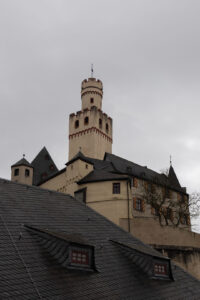

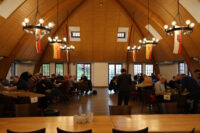

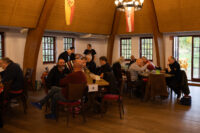
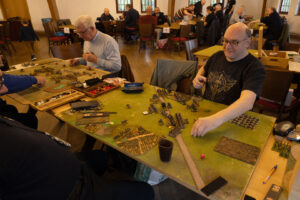
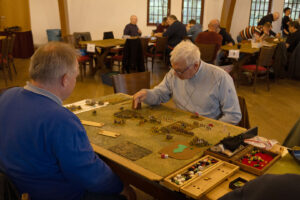
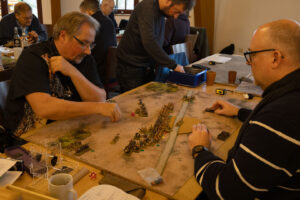

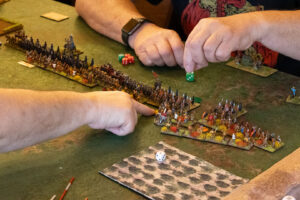
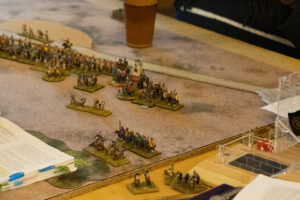
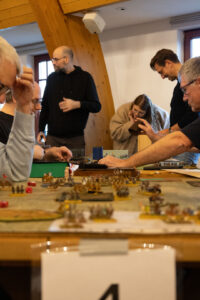












Leave a Reply